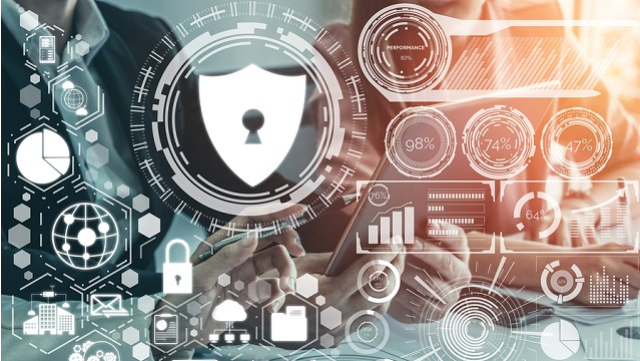The rapid evolution of technology has drastically changed the way that companies do business and generally operate. As new avenues open and established ones expand, the cyberthreat landscape has sprouted a plethora of threats that businesses need to manage to go into 2021. Like with other managed services providers (MSP), a Managed Cybersecurity Services Provider is typically brought in when an IT department needs to outsource their organization’s information security needs to a third party.
Along with managing the difficulties imposed by a global pandemic, cyber security resilience in the face of these threats will be the greatest challenge businesses face in 2021. Read on to learn the key cybersecurity trends for the new year.
Rise of the Solid-State Drive
Solid-state drives – or SSDs as they are more commonly known – have seen enormous growth in recent years. The improved speed and access to ready information offered by an SSD have propelled these components beyond that of their predecessor, the hard drive.
The real question is how does an SSD work and what is it for?
An SSD stores data files for long-term use just like traditional hard drives. The difference is in where and how that data is saved. A hard drive saves data on a stack of magnetic plates which are read with a needle, much like vinyl records in privacyforkorea. These plates spin to the proper location and the needle reads the data stored there. Solid-state drives, on the other hand, save data in flash memory. Flash memory is akin to the RAM – random-access memory – that computers utilize to access information quickly. However, while RAM is cleared every time the computer is turned off, SSD data persists. It allows for faster retrieval of data but also opens companies to cyberthreats.
Cybersecurity Challenges
Ransomware is one of the greatest cybersecurity challenges faced by SSDs.
This cyber threat involves the hijacking of sensitive company data such as financial records, customer info and proprietary secrets. That information is then held hostage until the business pays the demanded “ransom” for its release.
While cybersecurity experts have developed ways to avoid this sort of loss through a hard drive, SSDs are still vulnerable to this sort of threat and others. That may soon change, however.
The Future of SSD
A recently released whitepaper from the University of Illinois promises to solve the threat ransomware poses. Titled “Project Almanac – A time-traveling solid-state drive (SSD),” the paper detailed a new method of storage for SSDs that would make it impossible for hackers to find any benefit in their effort. By utilizing a separate drive to store modified files, security researchers believe they can make SSD nearly threat proof for the years to come.
Remote Work Takes Over
Another trend that will impact cybersecurity in 2021 is the proliferation of remote workers. Triggered by the coronavirus pandemic of 2020, the remote working culture has grown exponentially and is expected to continue into the new year and beyond. This influx of workers utilizing online collaboration, cloud adoption and other remote avenues to complete their work has led to the rampant growth of criminal cyber activity. To remain secure in 2021, companies need to address the risks created by a remote workforce.
Cloud Adoption
Using the cloud has rapidly become a solution for corporations looking to ensure business continuity during the remote working expansion. However, this rapid migration has also brought with it a new assortment of security challenges and threats that include vulnerable apps, incomplete data deletion, reduced control and visibility, and misconfigured cloud storage. If left unaddressed, these threats could continue to disrupt operations into the year ahead.
Secure Access Service Edge
Secure access service edge (SASE) tech allows companies to do just that by routing their network traffic through a security stack that is based in the Cloud. SASE can help to reduce the avenues hackers have to access your company’s data and provide a viable defense against web threats and cloud-enabled Software-as-a-Service (SaaS) apps that are known to be areas of weakness.
Zero-Trust Network Access
Another cybersecurity enhancement born out of necessity is Zero-Trust Network Access (ZTNA). This tech provides controlled access that reduces the viable area of attack from cybercriminals. This controlled access removes direct exposure of data to the internet while improving connectivity. An improvement over Virtual Private Networks (VPNs) which became woefully inadequate with the influx of remote workers seen in 2020 and into 2021.
Data breaches grew in complexity and sheer volume throughout 2020. Security teams in 2021 will need to know and understand the key cybersecurity trends and developments to help their companies transition into the new normal of 2021.












